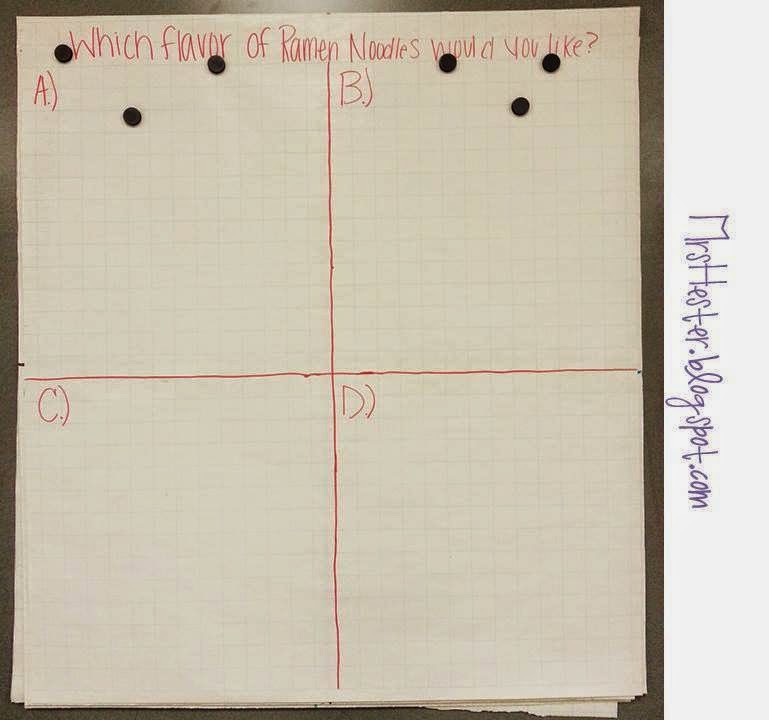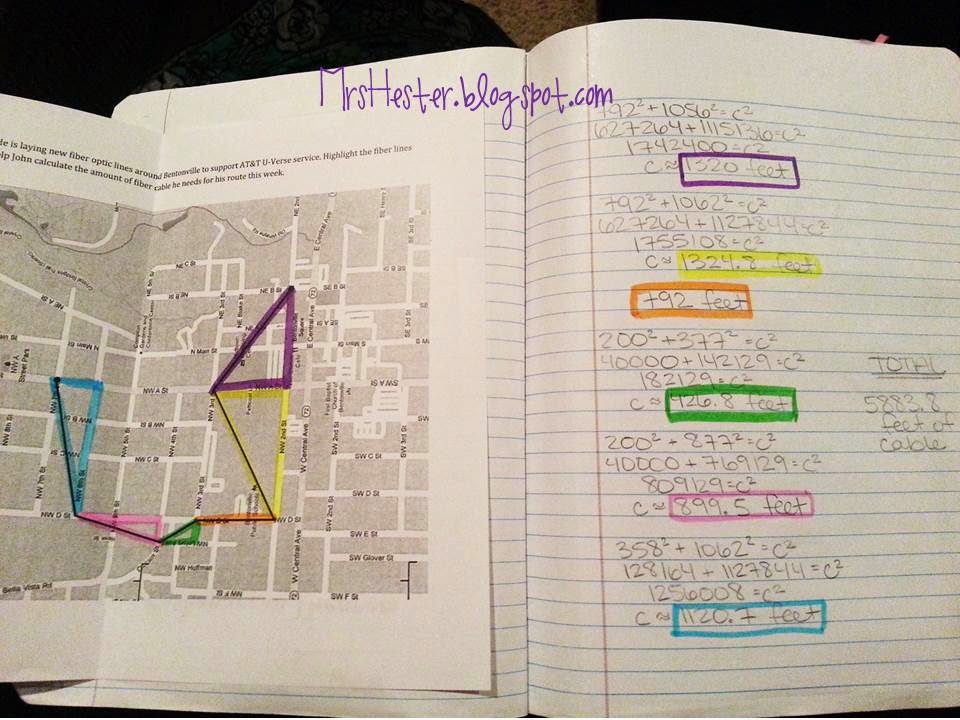
Oh good, did you like that image and follow it here from twitter or Pinterest?
Were you thinking I was going to give you a lovely list of bullet pointed answers for all those questions?
HA! Not a chance! I don't have those answers!
But I would like to invite you to stick around, continue reading, and contribute your ideas.
All edits and updates will be in red.
*I'm attempting my first full PBL experience - Eekkkk!!! Wish me luck!!! Even if I don't soar on this one, at least I'm headed in the correct direction, right? I'm focusing on having a "growth mentality" like Tim talks about HERE. I'll chronicle my journey in this post.
This post might ramble and meander a bit; my thoughts are not completely formed yet and I'm sure that will show...
I'm not content with my current level of technology integration. I recently posted an
update on my workshop/stations model and it really has me thinking. These stations are helping lots of students, less are falling through the cracks, but it's all in the context of a very teacher-directed atmosphere. I do not do stations every day, we recently did a volume investigation with rice, but I still feel like that was more me-centered and student-centered than I would like.
I've read a lot of articles about project-based learning and really want to move towards that model, but I just can't quite figure it all out.
I'm hoping you can help me think through these questions and together we can figure it all out. I'll update this post over time (a thousand times if I need to) if we can start a conversation and pull together resources. I'd love to host that! I think it'd be beneficial for a lot of teachers!! Or if someone is already curating and hosting that, please point me in their direction and I'll jump on that wagon. I just need to see this thing in motion; I need to see it working.
Here are some current questions/thoughts rattling around in my head:
-- I can begin a unit/project cycle with an entry event that peaks the students' interest and gets them curious. It needs to be a real and relevant problem that is understandable to 8th graders and yet complex enough to require driving questions and a real solution.
Emergent Math's PBL Curriculum Maps HERE
Intel Unit Plans HERE
PLB U by Buck Institute HERE
--After peaking their interest, I can lead a discussion to provoke some driving and enduring questions. Here is my first conundrum. If I want these questions to be student-created, what if they don't think of the right things to allow for enough mathematical discovery? I guess I could prompt/lead them? I should make sure my entry event can lead to enough? So in reality these questions are not completely student created, I knew what I wanted them to create, I just let them get there on their own without me giving them
here are your questions to answer. Right??
Conversation with @RossCoops31 on twitter regarding driving questions:
ME: Do different students work on different driving questions or do all students answer the same few questions?Thx!
ROSS: I usually do one essential (driving) question that is decided upon by my class (Google Form).
ME: So do all finished products cover relatively the same information? Do you have Ss work individually or groups?
ROSS: Either group/individual works! All products different, but demonstrate same understandings.
--Now that we have our guiding questions I will give my students the requirements of the project. "In X many days you (or your group) will be responsible for _____." This will be some sort of synthesis of information and presentation that utilizes technology and is published to a global community, I'm thinking a blog. Wouldn't the best way to give these requirements be a rubric? Does someone out there already have and use a wonderful rubric that I could see?
Rubrics from the Buck Institute (bie.org)
Project Design Rubric HERE
Collaboration Rubric HERE
Critical Thinking Rubric HERE
Creativity and Innovation Rubric HERE
--Alright, so students have their interest piqued, they are genuinely curious, they have formed their questions, and I have given my rubric. Now they research and synthesize and create. I roam around the room for however many days it takes to finish up these projects, giving feedback and guiding, and then students present. I really like the following quote from the Buck Institute for Education regarding this phase:
In real inquiry, students follow a trail that begins with their own questions, leads to a search for resources and the discovery of answers, and which ultimately leads to generating new questions, testing ideas, and drawing their own conclusions. With real inquiry comes innovation - a new answer to a driving question, a new product, a new solution to a problem. The teacher does not ask students to simply reproduce teacher- or textbook-provided information in a pretty format. Are you inspired yet?!?! I know! There are so many great resources like the
Buck Institute that make me want to jump in with both feet but I have trouble finding real teachers talking about doing this in their classrooms. I feel like I'm moving that directions, using
Mathalicious and
3-Act Math and similar things, but I don't think I'm quite there. These are engaging and definitely better than traditional lecture, but I'm not pulling off a true PBL classroom.
This is one of my largest question marks at this point. How big of a problem do I really need? I feel like the lessons at Mathalicious and YummyMath and Robert Kaplinsky aren't big enough. They have pre-determined questions and a set order of business. These are fantastic problems, but I don't think I'm letting the students really ponder, inquire, and direct their own learning. People doing this, what types of tasks do you use? Are they on a blog somewhere I could see??
--Sorry, little bit of a tangent there, back on track.
--So students have created and presented, to both their classmates and a global community online, and I've made sure we've nailed down all the mathematics that were needed throughout this unit. I figure at this point I might have a day or two of formalizing. Here is how mathematicians write about/talk about/use the ideas we all just learned about.
--So did we do it? Are we done? Was that Project Based Learning? Is that how my units can all look in the future? How long should one of those cycles take?
Here is where I definitely need your help!
Are you currently doing this? Do you know someone who is? Do you have any rubrics created that you'd be willing to share? Do you have any of those entry events that are large problems and could facilitate lots of mathematics? Can you share about part of this process that I completely missed the boat on? Please share your thoughts, ideas, wisdom! Please!! This is an area I'm very unsure about (as if you couldn't already tell) and I'm definitely leaning on my PLN here.
If you don't have anything to share, are you a teacher that is also hesitant and curious about this whole process? Could you please comment and let me know I'm not alone! :) Maybe a few of us together can convince those with the answers to share the goods. I promise to come back and update any useful information I receive.
Other teachers' comments/emails:
Ben Mahas (@greenemiddle) posted on twitter: "Help answer @MrsHestersMath questions are about implementation of pbl. bit.ly/21c-pbl I'm interested as well #mtos #mathchat"
Shelley via email to me: Thank you for your post about PBL. I have many of the same hesitations and have been looking for a place where someone is sharing what really works in a classroom. I hope you can get some answers to those questions and thank you, in advance, for posting those answer.
Rick via email to me: I have a lot of the same project based leaning questions. Thanks for the post. I'm right there with you. You're not alone!
So - those of you with some expertise, please share!!!!
Some Twitter People to follow for PBL
Buck Institute for Education @biepbl
Geoff Krall @emergentmath
Michael Gorman @mjgormans
Dayna Laur @daylynn
Chris Fancher @cfanch
Jerry Blumengarten @cybraryman1
Mrs. Telannia Norfar @thnorfar
Ross Cooper @RossCoops31
Jolene Speckman @JoleneSpeckman
Some General PBL Links
Edutopia's page HERE
Buck Institute HERE
Buck Institute's Recommendations for Teachers HERE
Jerry Blumengarten's page HERE
High Tech High HERE (a school pulling this off on a very large scale!)













.jpg)






































